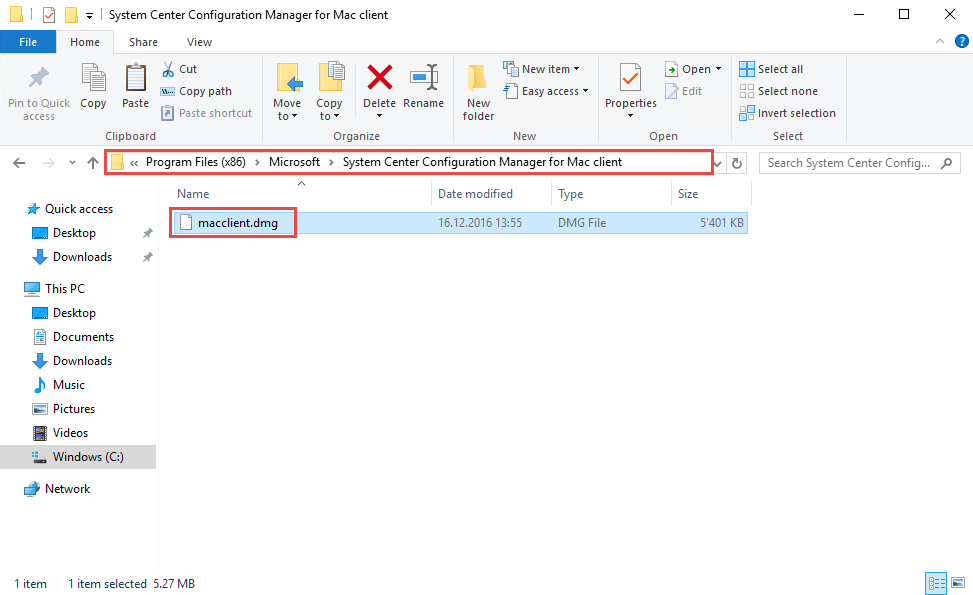

- #Installer dmg sur windows install#
- #Installer dmg sur windows upgrade#
- #Installer dmg sur windows windows 10#
- #Installer dmg sur windows Pc#
- #Installer dmg sur windows iso#
After downloading the zipped file, right click on it and choose “Extract All…” from the given options. Download the dmg2img tool by clicking on “win32 binary” link. It is a bit complicated but if you follow the below instructions correctly then you will surely be able to accomplish this.
#Installer dmg sur windows iso#
In this method, we will be combining dmd2img tool with command prompt app to convert DMG to ISO file format.

Method: Convert DMG to ISO with Command Prompt In this tutorial, we will show you two efficient ways to convert DMG to ISO image files so that you can run them in Windows operating system. ISO files gives more options to operate with in Windows systems.

#Installer dmg sur windows install#
Install operating systems or software on DMG files in Windows computers.Any Windows operating system can extract files from ISO image.DMG is not compatible with Windows operating system.Nevertheless, if you convert the DMG file to ISO file format then you can easily extract all the files from that ISO image on Windows computers. However, if you try to run DMG files on Windows, it will not be compatible and no application in Windows can run it. It is the most popular file format to install Mac or Windows operating system these days. The only difference is DMG is compatible with Mac computers and ISO is compatible with Windows computers. You can compare DMG files with ISO files in Windows computers. 5 through 10 and continue on step 11.DMG file format is one of the most well-known container format to distribute and compress software on Mac operating system. Once you formatted the USB flash drive with a GPT partition, you can use the instructions mentioned above to use TransMac to create a bootable media, but this time skip steps No. Type the convert GPT command and press Enter.Įnter the create partition primary command and press Enter to complete the process. Type the select disk command with the number assigned for the USB flash drive (for example select disk 4) and press Enter. Type the diskpart command and press Enter.Įnter the list disk command to view all drives connected to your computer and press Enter. Search for Command Prompt, right-click the top result, and select the Run as an administrator option. To create a GPT partition on a removable drive, use these steps:
#Installer dmg sur windows windows 10#
However, this time, you should use the following steps to use the Diskpart command-line utility on Windows 10 to create the appropriate GPT partition, and then follow the above instructions. In this case, you may need to redo the entire process again. If the USB flash drive is not working with TransMac, it could still be a partition problem. Create a GPT partition on a USB flash drive
#Installer dmg sur windows upgrade#
Once you complete the steps, you can now insert the USB flash drive on your Mac computer to install, reinstall, or upgrade the operating system to the latest macOS version, which can be Sierra, Catalina, Big Sur, Monterey, or higher. TransMac creates a macOS USB bootable drive warning. Select dmg macOS file to create a bootable USB drive dmg file with the macOS installation files. Right-click the USB flash drive and select the Restore with Disk Image option from the left navigation pane.Ĭlick the Yes button to confirm the erase of the USB flash drive data. To create a bootable USB drive with macOS, use these steps:ĭownload and install TransMac on Windows 10.
#Installer dmg sur windows Pc#
However, if none of your devices (MacBook, MacBook Air, MacBook Pro, iMac, Mac Pro, or Mac Mini) are not working when you need them the most, then you can use a PC to rescue your Apple device.

This is one of the main reasons you should consider making a macOS bootable USB when your device works properly. If the unexpected happens with an Apple computer, you can use a macOS bootable USB with the installation media to repair it. It’s just a matter of time until your device will refuse to start, which could happen for many reasons, including (and not limited to) file corruption, hardware failure, and buggy update. It does not matter whether you use macOS or Windows 10.


 0 kommentar(er)
0 kommentar(er)
